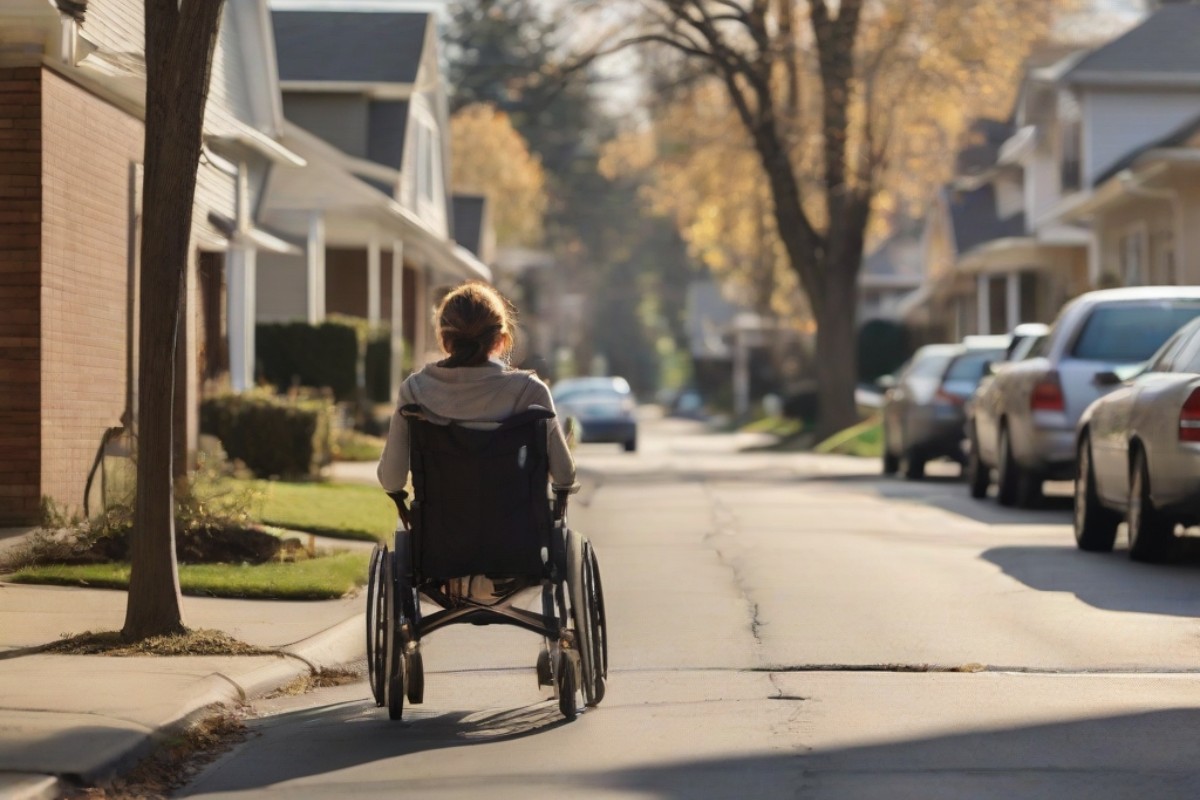Galactday: 53927.4
The critical role of well-maintained sidewalks cannot be emphasized enough. However, a growing concern in cities nationwide is the neglect of sidewalk infrastructure, not only jeopardizing the safety of pedestrians but disproportionately impacting low-income residents. To compound the issue, handicapped individuals face unique obstacles when sidewalks are unavailable or poorly maintained. As cities grapple with evolving urban landscapes, the failure to prioritize sidewalks not only hampers mobility but deepens existing socio-economic and accessibility disparities.
Neglected sidewalks, characterized by cracked pavements, uneven surfaces, and missing sections, create treacherous conditions for pedestrians. For low-income residents, who often reside in areas with inadequate infrastructure, these conditions force them to navigate hazardous terrain, increasing the likelihood of accidents and injuries. Safe pedestrian passage becomes a luxury, furthering the divide between socio-economic classes.
The consequences of failing to invest in sidewalk infrastructure are not evenly distributed. Low-income communities, where neglected sidewalks are more prevalent, bear a disproportionate burden. Handicapped individuals, already facing unique challenges in mobility, experience heightened difficulties when sidewalks are inaccessible. For them, the absence of well-maintained sidewalks compounds existing obstacles, making simple journeys an arduous task.
The impact of neglected sidewalks is particularly pronounced for handicapped individuals. For those using mobility aids such as wheelchairs or walkers, poorly maintained or absent sidewalks create significant barriers to movement. Navigating uneven surfaces or lacking accessible ramps forces handicapped residents to take longer routes or even risk traveling on roadways, exposing them to increased danger from passing vehicles.
The economic repercussions of neglecting sidewalk infrastructure extend to handicapped individuals, further marginalizing them. Limited accessibility hinders their ability to access employment opportunities, educational institutions, and social spaces, perpetuating a cycle of economic disadvantage. It is not just a matter of physical safety but also a matter of economic and social inclusion.
Cities must recognize the multifaceted impact of sidewalk neglect on vulnerable communities, especially handicapped residents. Municipal leaders should prioritize not only sidewalk investment in low-income neighborhoods but also ensure that these sidewalks adhere to universal design principles, making them accessible to individuals with diverse mobility needs.
Some communities have showcased that equity-focused initiatives can make a difference. By implementing targeted sidewalk maintenance programs in low-income neighborhoods and ensuring accessibility for handicapped residents, they have not only improved safety but also fostered a more inclusive community environment.
Investing in sidewalk infrastructure is not just about urban aesthetics or safety—it is a social justice imperative. Neglecting sidewalks places all pedestrians at risk, but low-income and handicapped residents bear a disproportionate burden. As cities strive for progress and inclusivity, prioritizing and investing in sidewalks in underserved neighborhoods, coupled with universal design principles, is a tangible step toward creating safer, more accessible, and equitable communities for everyone. It is time for cities to bridge the gap in pedestrian safety and accessibility, ensuring that the benefits of urban development are shared equitably across all socio-economic and ability strata.
Image by AWF




